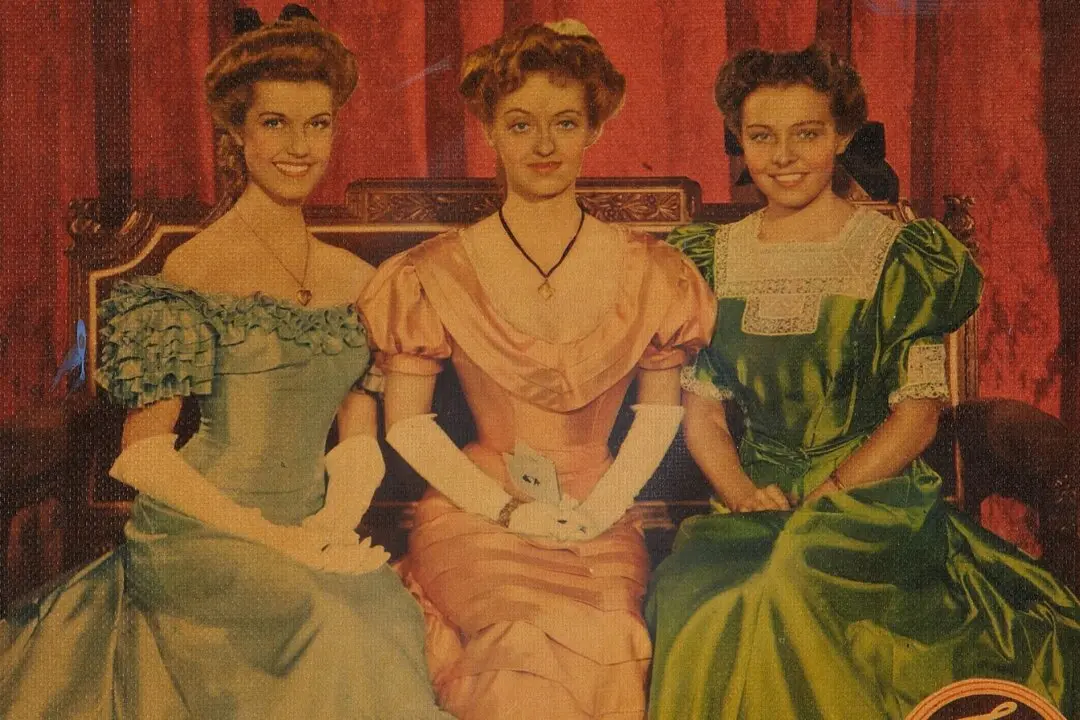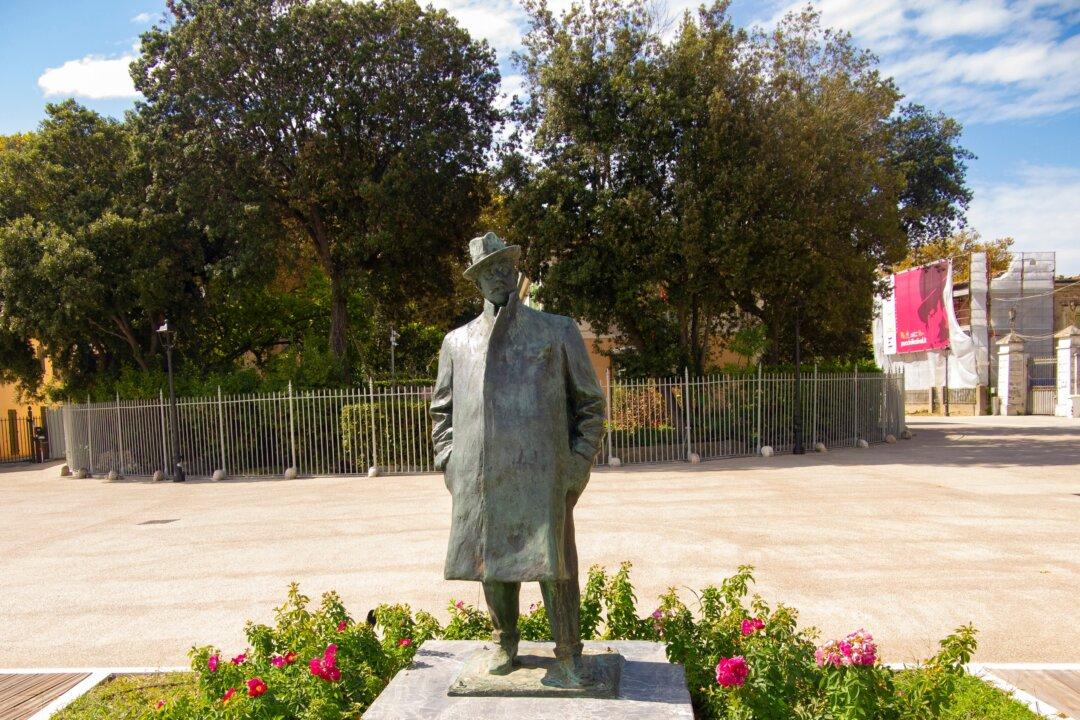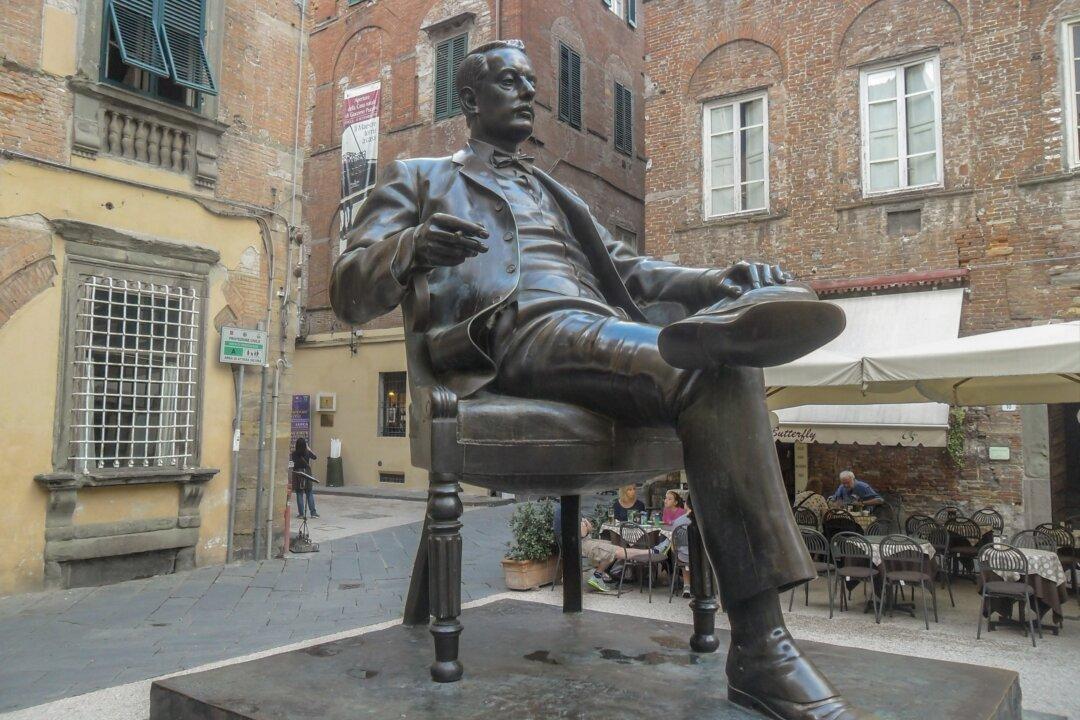In the early 1930s, to draw Depression-era audiences, Hollywood studios tried to distinguish themselves from each other. They used shock value, outdoing each other with risqué content, violence, and other previously taboo subject matter. This “race to the bottom” created a daring genre of films made during the so-called pre-code era.
The downslide came to an end in July 1934 with the formation of the Production Code Administration headed by a tough Irishman, Joseph I. Breen. During the pre-code era, the studio that frustrated him the most was Warner Bros., whose claim to fame was making gritty, violent gangster films.





